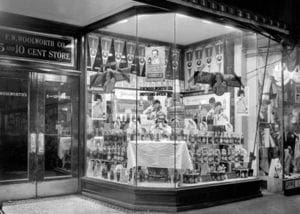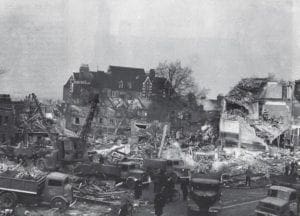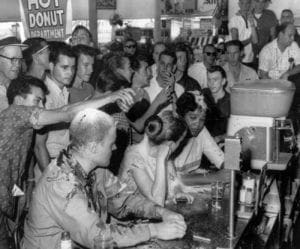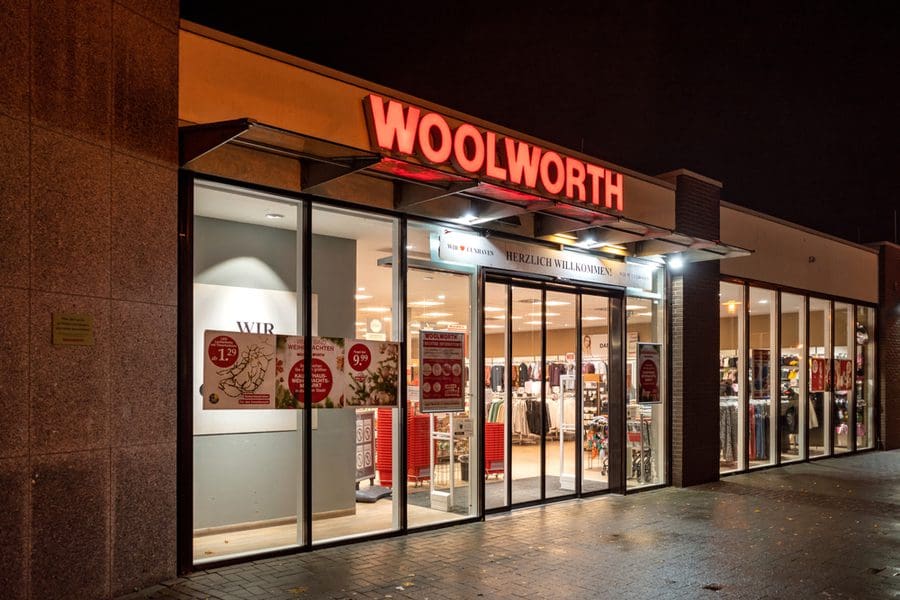Almost gone are the days of large department stores with elaborate window displays and lunch counters. Not all that long ago, these department store retailers carried everything for the whole family, and one of the most notable department stores was Woolworth.
Woolworth stores are long gone today, but the once-thriving company paved the way for the modern budget retailer. More importantly, the company ultimately chose to stand for the right side of history.

(image)
Humble Beginnings
F.W. Woolworth became one of the first American retail brands to go global. Its revolutionary model? Factory-made goods at low prices (a model that other big chains like Walmart and Amazon have adopted). While Woolworths itself didn’t stand the test of time, many of its practices did, such as strict branding and supplier partnerships.
Frank Winfield Woolworth got his start in Lancaster, PA, where he opened a five-cent store. After much success, Woolworth decided to add a ten-cent line, creating the first five-and-dime store concept.
Wartime Growth and Competition
Over the next few years, Frank would open several Woolworth stores in the United Kingdom and the United States, one of which occupied the tallest building in New York City at the time. In 1917, Frank was called upon by President Woodrow Wilson to help fund the first world war. After successfully launching saving stamps, Woolworth was able to finance victory parades for soldiers returning home.
By the mid-1920s, American growth was slowing down, and a slew of rival five-and-dime stores gradually stole Woolworth customers. While business continued to boom in the U.K., Woolworth lost ground in the U.S. throughout the 1930s and 1940s.
Tragedy struck on November 25, 1944, when a German V2 rocket destroyed a large Woolworth in New Cross, London, causing one of the worst civilian losses at one time during the second world war—168 people dead, and 123 people injured.
 (image)
(image)
Growing Pains
In 1950, the company began to rebrand. The war was over, and families were encouraged to get out and spend money to help the country recover economically. The rebranding included new counter layouts and higher-priced merchandise, such as electronics. Once again, Woolworth was thriving.
In the 1960s, the company found itself in the middle of a massive controversy. Civil Rights protestors in Greensboro, North Carolina staged a sit-in at the “whites only” lunch counter inside the store. On July 25th, 1960, the store chose to abandon its segregation policy. The Greensboro Times reported, “They came as individuals, and they were served as individuals. The sky did not fall.” Woolworth was a store for every person. A portion of the lunch counter is now on display in the Smithsonian.
 (image)
(image)
Throughout the early ’90s, Woolworth stores survived changes in the business model, such as expanding to outlet malls, but despite brand efforts, the company eventually sold or closed its U.S.A based stores in 1997, but, Woolworth still exists in other countries.






